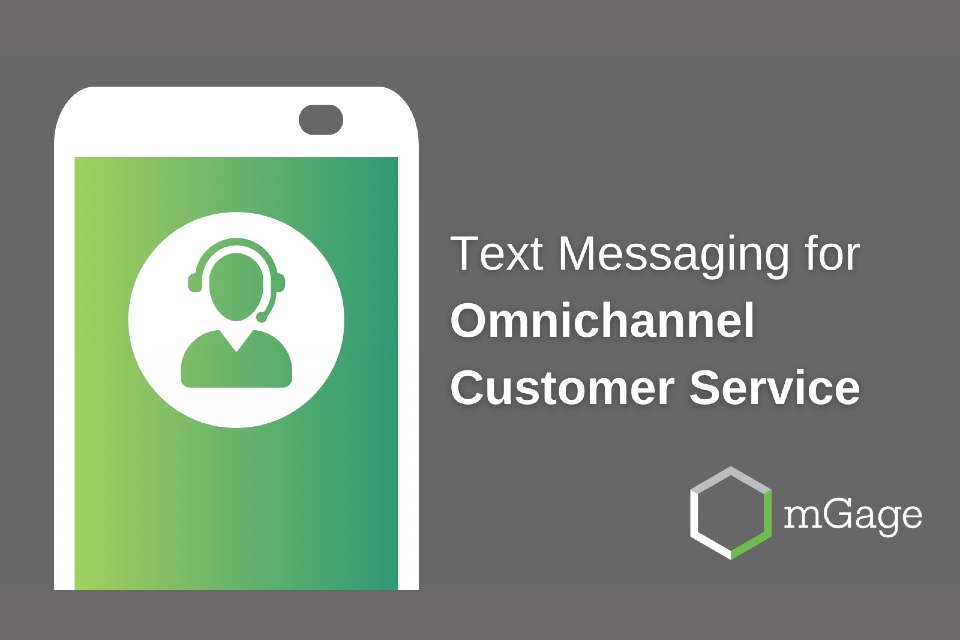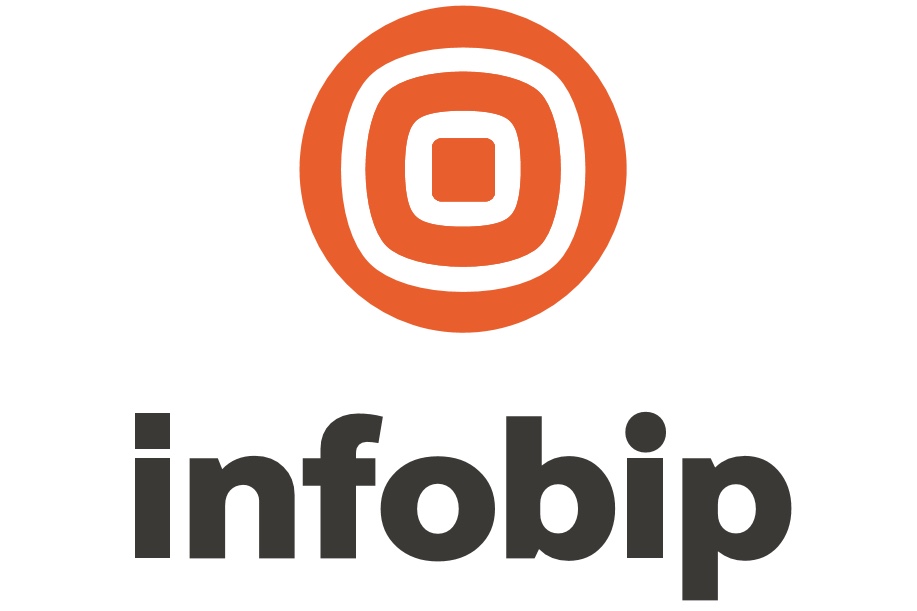WEBINAR: A digital-first strategy for customer engagement
https://contactcentresummit.co.uk/wp-content/uploads/2021/11/talkdesk-Social-FB-LK_1200x628_Live_digital-first-strategy-customer-engagement-02@2x.jpg 960 640 Guest Post Guest Post https://secure.gravatar.com/avatar/abb249055208c7af4d35568e422dfd63?s=96&d=mm&r=gThursday, Nov. 4, 10 a.m. BST | 11 a.m. CET
Click Here To Register
Customers are increasingly opting to engage digitally with the companies they do business with. This has as much to do with the continuing demographic shift to predominantly digitally native consumers as it does with changing communications preferences.
In light of these changes, businesses need to reevaluate their contact center strategies, specifically the role digital transformation will play in allowing them to offer a digital-first option for customers to engage.
Join Talkdesk and Salesforce experts in an insightful conversation moderated by Blake Morgan, on driving customer engagement through digital transformation.
Join us to learn more about:
- How can you empower your customers through digital channels and automation.
- Tips for supporting the growing volume of digital engagement interactions.
- How to tie all your CX interactions together with context by leveraging omnichannel.









